Artisan Magic: Why Being Creative Is A Superpower
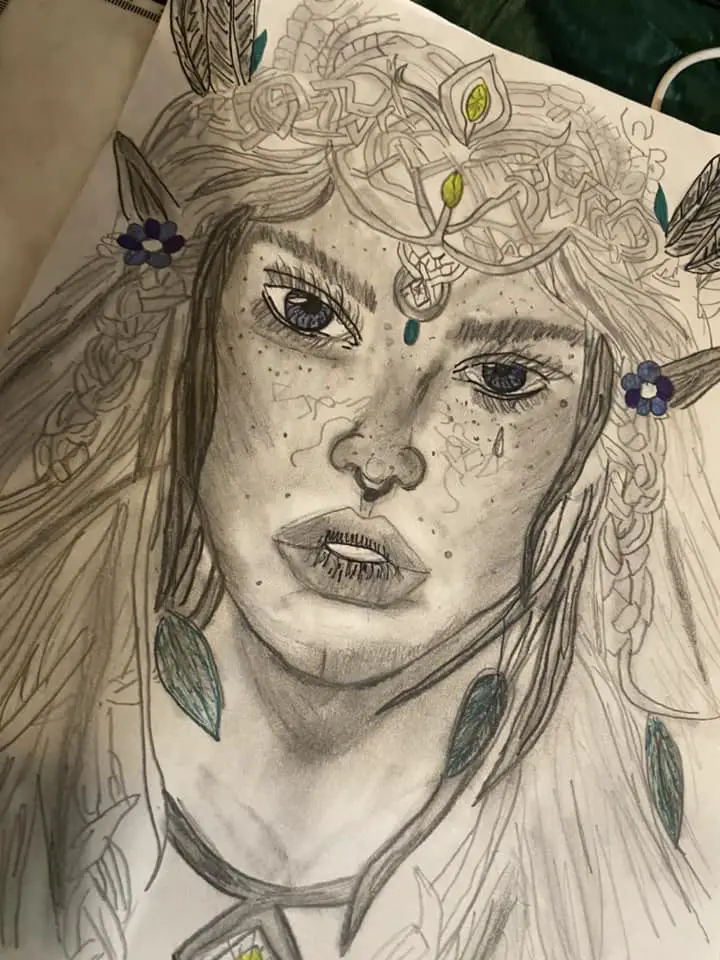
In the diverse world of neurodiversity, individuals on the autism spectrum often find unique ways to express themselves, manage their experiences, and engage with the world around them. One compelling avenue is as an artisan who expands their world through the beauty of craftsmanship.
There’s something quite satisfying in expressing oneself through the act of creating tangible objects with one’s own hands. There’s no shortage of creativity examples of autistic art, with artisans often describing how the act of creating something can be so impactful and transformative.
Everyone needs to find some way to show themselves, whether it’s painting, music, fashion, jewelry-making, game creation, creative baking, or in my case, writing. That’s because exploring the artisan side of one’s self typically provides an outlet for stress and makes a person happy. The best part is the finished product, whatever it may be, is something to celebrate as something uniquely yours and is special.
Often, the only thing stopping a person from becoming an artisan of whatever specialty they enjoy is themselves. Once they accept the challenge of trying something new, the venture can turn into a passion and a sense of fulfillment. Finding beauty in creating something as unique and wonderful as you are that is made from your hands and your heart is immensely satisfying.
The Autistic Artisan Experience and Craftsmanship: A Natural Fit

Autism Spectrum Disorder (ASD) is characterized by a range of traits that can include differences in sensory processing, communication styles, and patterns of thinking. While every autistic is unique, many share certain characteristics that make artisan craftsmanship a particularly well-suited pursuit:
Attention to Detail: Many autistic individuals possess an extraordinary ability to focus on minute details. This trait can translate into exceptional craftsmanship, where precision and attention to fine elements are crucial.
Pattern Recognition: The autistic brain often excels at recognizing and creating patterns, a skill that’s fundamental to many crafts, from weaving to woodworking.
Systemic Thinking: The ability to understand and work within complex systems is common in autism. Crafts often involve intricate processes and techniques that appeal to this way of thinking.
Sensory Sensitivities: While sometimes challenging, heightened sensory awareness can be a strength in craftsmanship, allowing for a deep appreciation of textures, colors, and materials.
Special Interests: Many autistic individuals develop intense interests in specific topics. Craftsmanship can provide an outlet for these interests, whether it’s through the craft itself or related historical and technical knowledge.
The Benefits of Craftsmanship for Autistic Art Aficionados
Sensory Engagement and Regulation
For many on the autism spectrum, sensory experiences can be overwhelming or underwhelming. Crafting offers a controlled way to engage with sensory input:
Texture: The feel of wool fibers in knitting, the smoothness of polished wood, or the cool touch of metal all provide tactile feedback.
Visual Stimulation: The color of paints, the grain of wood, or the sparkle of polished stone offer visual engagement without overwhelming.
Auditory Input: The rhythmic sound of a sewing machine, the tap of a hammer on metal, or the quiet snip of scissors can be soothing.
Smell: The scent of leather in leatherworking, the earthy smell of clay in pottery, or the aroma of wood in carpentry add another sensory dimension.
Focus and Flow State
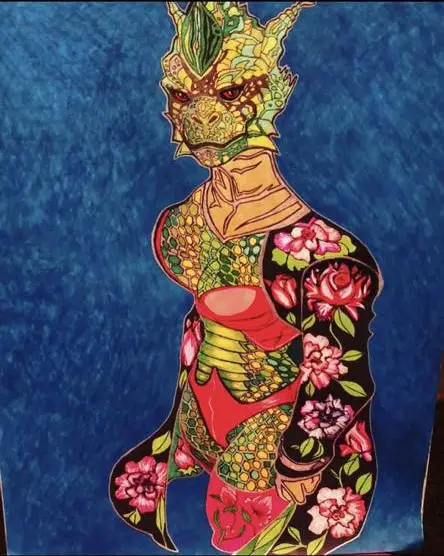
Many autistic individuals can focus intensely on tasks that interest them. Craftsmanship provides an ideal outlet for this trait:
Deep Concentration: Complex crafts require sustained attention, allowing for long periods of engaging, focused work.
Flow State: The absorption in a task can lead to a ‘flow state’ – a mental state of complete immersion and enjoyment in the activity.
Stress Relief: This intense focus can serve as a form of meditation, providing relief from anxiety and everyday stressors and boost energy.
Concrete Outcomes and Visible Progress
The tangible nature of crafted objects aligns well with the often literal and concrete thinking associated with autism:
Clear Cause and Effect: Specific actions lead to visible results, reinforcing understanding of processes.
Measurable Progress: The step-by-step nature of many crafts provides clear markers of advancement.
Sense of Accomplishment: Completing a project, whether simple or complex, offers a concrete sense of achievement.
Structured Creativity
Many crafts offer a balance between following established techniques and expressing individual creativity:
Predictable Processes: Following patterns or established methods provides a comforting structure.
Room for Innovation: Within that structure, there’s often space for personal expression and unique ideas.
Safe Experimentation: Crafts offer a controlled environment to try new things and take creative risks.
Skill Development
Engaging in craftsmanship can help develop a wide range of valuable skills:
Fine Motor Skills: Many crafts require precise hand movements, improving dexterity and coordination.
Problem-Solving: Crafting often involves figuring out how to translate an idea into reality, fostering critical thinking.
Planning and Sequencing: Following multi-step processes helps develop organizational skills.
Patience and Persistence: Learning and mastering crafts takes time, building resilience and determination.
Boosting Self-Esteem and Identity
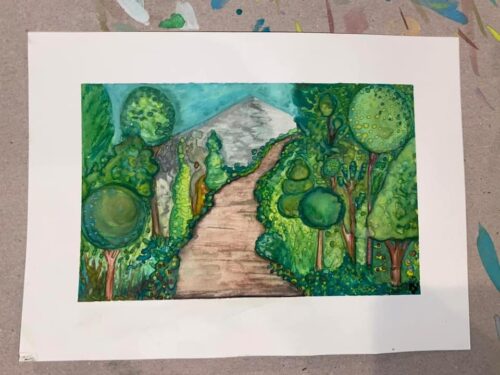
Creating tangible objects can have a profound impact on self-perception:
Pride in Abilities: Successfully completing projects builds confidence in one’s capabilities.
Unique Expression: Crafts allow individuals to express their personality and interests in a concrete way.
Skill Mastery: Progressing from beginner to expert in a craft can be a powerful journey of self-discovery.
Social Connections
While many autistic individuals may find traditional social situations challenging, crafting can offer more comfortable ways to connect:
Shared Interests: Craft groups or classes provide a context for interaction based on a common interest.
Structured Interactions: Many craft-related social situations have clear purposes and expectations, reducing social anxiety.
Online Communities: For those who prefer digital interaction, there are vibrant online communities for almost every craft.
Potential Career Paths
For some, what begins as a hobby can develop into a vocation:
Entrepreneurship: Selling handmade items can be a path to self-employment that capitalizes on autistic strengths.
Specialized Fields: Some crafts lead to specialized career options, from instrument making to historical reenactment supplies.
Teaching: Mastery of a craft can lead to opportunities to teach others, and share knowledge and skills.
Calling All Artisans: Creativity Examples and 8 Tips for Getting Started with Crafts
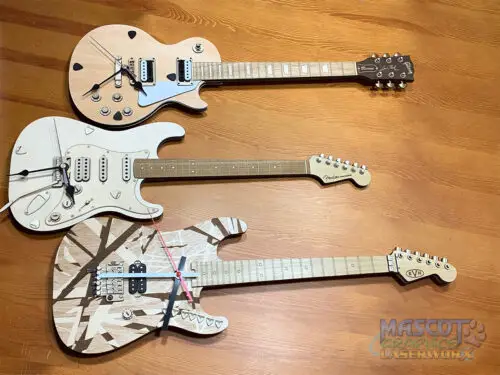
For autistic individuals interested in exploring craftsmanship, here are 8 tips for getting started:
- Explore Different Crafts: Try a variety of crafts to find what resonates. Local community centers, libraries, or craft stores often offer introductory classes.
- Start Small: Begin with simple projects to build confidence and skills gradually.
- Create a Comfortable Workspace: Set up a dedicated area for crafting that meets sensory needs (e.g., good lighting, comfortable seating).
- Use Visual Guides: Many autistic individuals benefit from visual instructions. Look for crafts with clear, step-by-step pictorial guides.
- Join Online Communities: Connecting with other crafters online can provide support, inspiration, and a sense of community.
- Be Patient: Learning new skills takes time. Celebrate small victories and focus on the process as much as the outcome.
- Incorporate Special Interests: Look for ways to incorporate existing interests into crafting projects.
- Consider Adaptive Tools: If motor skills are a challenge, look for adaptive tools designed to make crafting more accessible.
The Role of Artisan Special Interests in Autistic Art and Craftsmanship

One of the hallmark traits of autism is the development of intense, focused interests. These “special interests” can be a powerful driving force when combined with craftsmanship:
- Depth of Knowledge: Autistic individuals often accumulate extensive knowledge about their interests. This can translate into a deep understanding of craft techniques, materials, and history.
- Motivation: Special interests provide intrinsic motivation, driving individuals to spend long hours perfecting their craft.
- Innovation: The unique perspectives that come with special interests can lead to innovative approaches and designs in crafting.
- Crossover Potential: Sometimes, special interests can directly inform craft choices. For example, an interest in medieval history might lead to blacksmithing or leatherworking.
- Emotional Regulation: Engaging with a special interest through crafting can be calming and help manage anxiety or stress.
Autistic Art as a Form of Communication
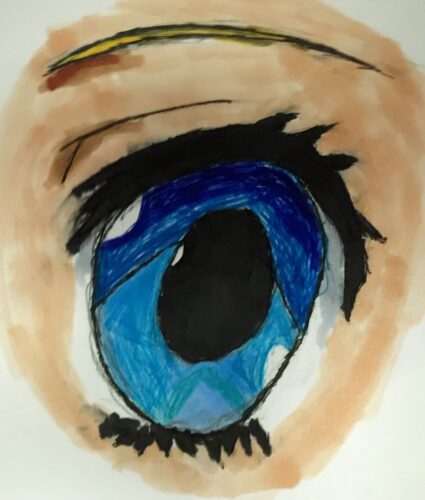
For some autistics who may struggle with traditional forms of communication, craftsmanship can become an alternative mode of expression:
- Non-verbal Expression: Crafted objects can convey emotions, ideas, and experiences without the need for words.
- Concrete Communication: For those who think in very literal or visual terms, a crafted object can be a more natural way to share ideas than abstract language.
- Conversation Starter: Handmade items can serve as a bridge for social interaction, giving the creator a concrete topic to discuss with others.
- Emotional Processing: The act of creating can be a way to process and express complex emotions that might be difficult to verbalize.
Autistic Art Sensory Considerations in Different Crafts
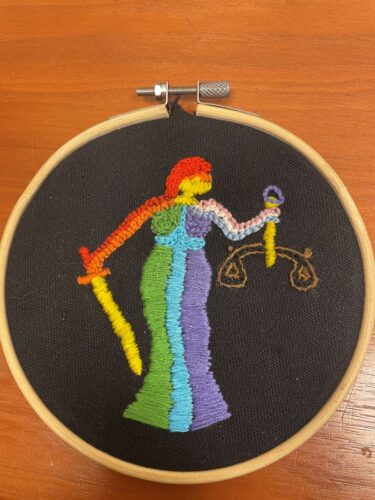
Different crafts offer varied sensory experiences, which can be particularly important for autistic individuals with sensory sensitivities or seeking sensory input:
Fiber Arts (Knitting, Crochet, Weaving)
Tactile: Soft textures of yarn and fabric
Visual: Colors and patterns of fibers
Auditory: Quiet, repetitive sounds of needles or looms
Woodworking
Olfactory: Scent of different wood types
Tactile: Varied textures from rough to smooth
Auditory: Sounds of sawing, sanding, hammering
Pottery and Ceramics
Tactile: Cool, malleable feel of clay
Visual: Colors and glazes
Proprioceptive: Physical effort of throwing on a wheel
Jewelry Making
Visual: Sparkle and color of gems and metals
Tactile: Fine motor manipulation of small components
Auditory: Delicate sounds of metal work
Painting and Drawing
Visual: Colors, patterns, and contrasts
Tactile: Texture of different media (oils, acrylics, charcoal)
Olfactory: Scents of paints and solvents
Leatherworking
Olfactory: Distinct smell of leather
Tactile: Varying textures of different leather types
Auditory: Sounds of stamping and stitching
Understanding these sensory aspects can help in selecting crafts that align with an individual’s sensory preferences or needs. Of course, this is a mere sampling of creativity examples. There is a vast array of artisan works, including stained glass, photography, metal works, stone creations, and computer art. If you can imagine it, you can do it!
The Therapeutic Potential of Artisan Craftsmanship

While not a substitute for professional therapy in most cases, many autistic individuals find that engaging in crafts has therapeutic benefits:
- Stress Reduction: The repetitive nature of many crafts can have a calming effect, reducing anxiety and stress.
- Emotional Regulation: Creating something tangible can help process and manage emotions in a concrete way.
- Cognitive Flexibility: Learning new techniques and problem-solving in crafts can improve cognitive flexibility.
- Self-esteem Building: Completing projects and developing skills can significantly boost self-confidence.
- Mindfulness: Many crafts require present-moment focus, which can be a form of mindfulness practice.
- Motor Skills Development: Fine and gross motor skills are naturally developed through many crafting activities.
- Social Skills: Participating in craft groups or classes can provide opportunities for social interaction in a structured, interest-focused setting.
Challenges and Adaptations in Craftsmanship
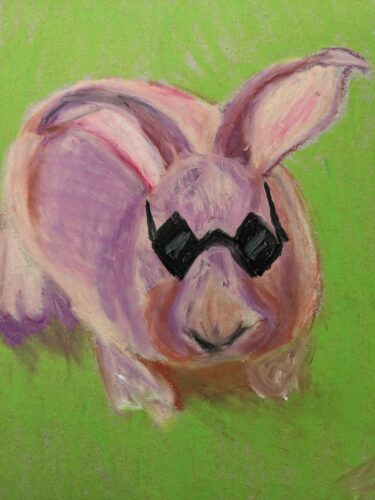
While being an artisan of a craft can be highly beneficial, it’s important to acknowledge potential challenges and consider adaptations:
- Perfectionism: Many autistic individuals may struggle with perfectionism. Emphasizing the process over the product and celebrating small victories can help.
- Executive Function: Planning and organizing projects might be difficult. Breaking tasks into smaller steps and using visual schedules can be helpful.
- Motor Skills: Some individuals might struggle with fine motor skills required for certain crafts. Adaptive tools or starting with more forgiving materials can make crafting more accessible.
- Sensory Overload: Some craft environments or materials might be overwhelming. Creating a sensory-friendly workspace and choosing crafts that align with sensory needs is important.
- Rigidity: Flexibility in crafting (e.g., adapting when materials run out) might be challenging. Gradually introducing small variations can help build flexibility.
Craftsmanship and Autism in the Digital Age

As we move further into the digital age, the intersection of traditional craftsmanship and technology offers new opportunities for autistic artisans. Here are some creativity examples and options:
- Online Learning: Video tutorials and online courses make it easier than ever to learn new crafts at one’s own pace.
- Digital Design Tools: Software for designing patterns, 3D printing, or digital art can bridge traditional and modern crafting methods.
- Online Marketplaces: Platforms like Etsy provide opportunities for autistic crafters to sell their work globally.
- Virtual Communities: Online forums and social media groups allow crafters to connect, share ideas, and support each other from the comfort of home.
- Assistive Technologies: Digital tools can help with project planning, provide reminders, or offer alternative instructions for those who need them.
The Empowering Nature of Craftsmanship and Meaning
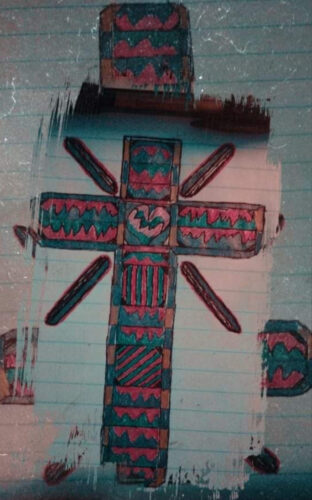
In the end, craftsmanship is about more than just making objects – it’s about making meaning, making connections, and making a place for oneself in the world at any age. Whether it’s the precise world of metalworking, the tactile joys of fiber arts, the transformative nature of woodworking, or any other hands-on craft as creativity examples, the act of making things by hand can be profoundly beneficial.
Crafting not only provides an outlet for expression and a means of developing valuable skills, but it can also serve as a source of pride, a way to connect with others, and even a potential career path. In a world that doesn’t always accommodate neurodivergent ways of being, the realm of craftsmanship offers a space where many autistic traits can be strengths rather than challenges.
Whether as a hobby, a therapeutic tool, or a professional pursuit, the art of making things by hand holds immense potential for enriching the lives of many artisans.
If you have an example of your personal craftsmanship style, I’d love to see it and share it with others! Send me a jpeg of your artisan masterpiece at connor@myautismmind.com, and I’ll try and add it to this article. As always, thanks for sharing!
Autism in Adults: Living, Learning, and Overcoming Challenges for a Fulfilled Life

Autism in adults requires additional support and coping skills to achieve independence in today’s world. Learn more about ways adults can live fulfilled lives and the challenges they face.
- 14 Practical Ways for Staying Motivated to Unlock Full Potential
- Autism and Independence: 7 Skills That Empower Individuals to Thrive
- Are We Overly Romanticizing Autism to the Public?
- Autism on the Brain: Unpacking the Meaning Behind Neurodiversity
- Autism Volunteer Opportunities: 5 Ways Helping Others Fosters Acceptance
- 8 Heartfelt Ways Autism Emotional Support Animals Transform Lives
- Are You An Adult With Autism? Here Are 6 Signs
- Autism vs Asperger’s Syndrome: What You Need to Know
- Autism Disclosure: Is Revealing Your Disorder Helpful or Hurtful?
- Work and Autism: What Employers Should Know About Hiring People with Neurodiversity
- Growing Up Autistic: How I Overcame Challenges and Now Thrive